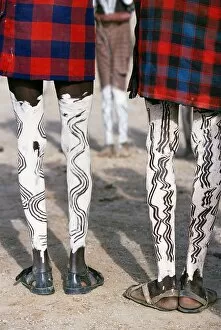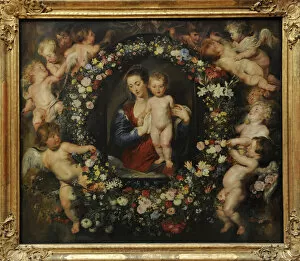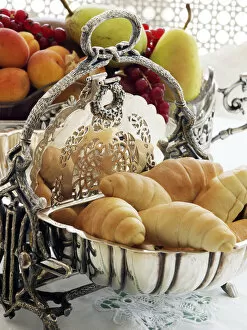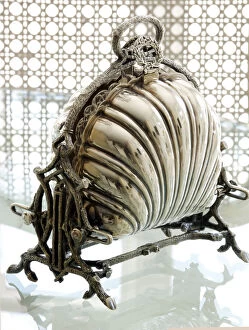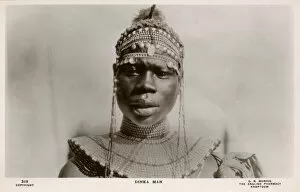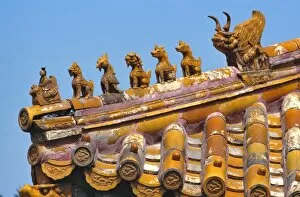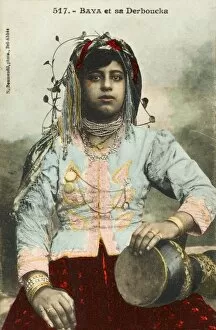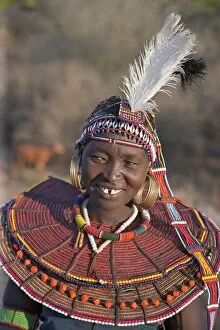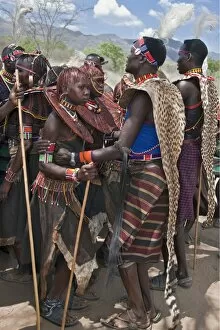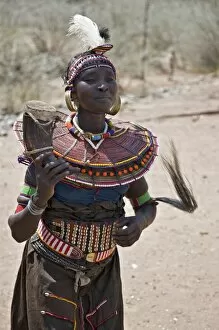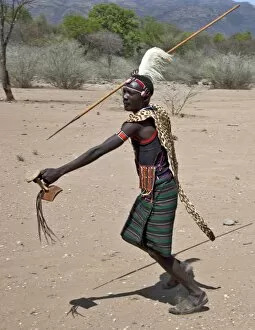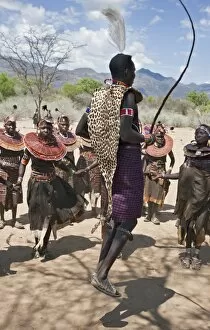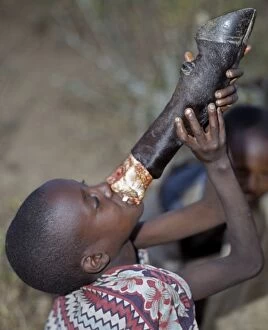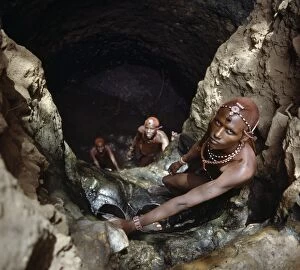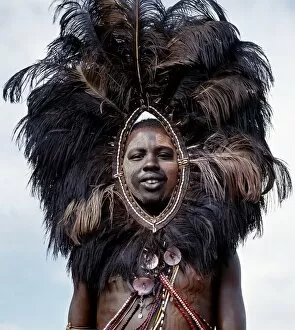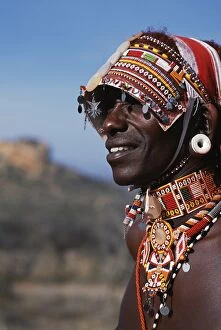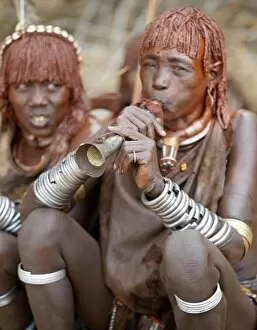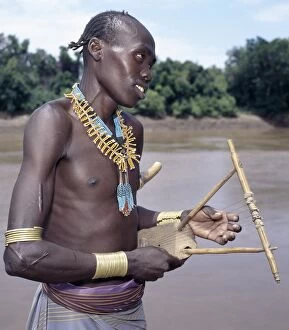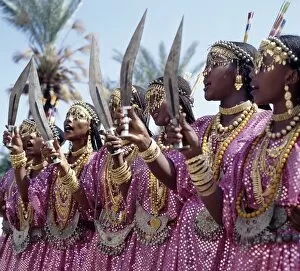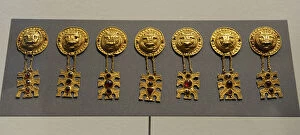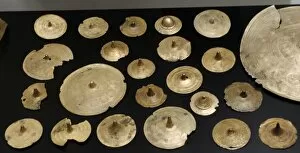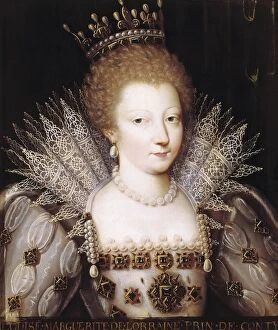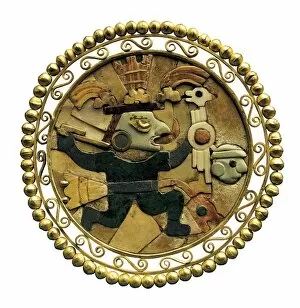Adornment Collection (#3)
"Adornment: A Tapestry of Culture and Expression" Step back in time to the 1960s, where an old Kikuyu lady delicately picks coffee beans
For sale as Licensed Images
Choose your image, Select your licence and Download the media
"Adornment: A Tapestry of Culture and Expression" Step back in time to the 1960s, where an old Kikuyu lady delicately picks coffee beans, her weathered hands adorned with stories of a lifetime. Intricately decorated Easter eggs, embellished with beads and steeped in folklore, transport us to traditional Hungarian celebrations that breathe life into ancient customs. Witness the Pokot tribe's vibrant heritage as a man dons typical beaded ornaments, speaking volumes about their pastoralist roots. Their Southern Nilotic language echoes through generations. Cautionary tales unfold as we explore the dangers of personal tattoos. The permanence etched on one's skin serves as a reminder of choices made and lessons learned. Experience the exhilaration surrounding an Atelo ceremony as a Pokot warrior leaps high into the air wearing a cheetah skin. Young women surround him, celebrating their shared traditions. Travel across oceans to witness the awe-inspiring Samoan Pe'a tattoo from the 19th century—a testament to cultural pride and identity preserved through artistry. A young Pokot girl proudly wears a necklace crafted from hollow reed grass—an emblem of her uninitiated status within her community. The Southern-speaking pastoralists cherish their unique symbols. Two unmarried Pokot girls gracefully display traditional ornaments that signify their unwedded state—symbols intertwining tradition and hope for future love stories yet untold. Unearth treasures from ancient times as Sumerian jewelry takes center stage—a glimpse into opulence dating back centuries before our modern world took shape. Journey to Europe's Bulgaria where elegance meets distinction in an enchanting garden—an ode to timeless beauty found in both nature and human adornment alike. Finally, discover Cuba's rich tapestry as animal skulls ornament rooftops—a fusion of spirituality and artistic expression that transcends borders and captivates imaginations.

